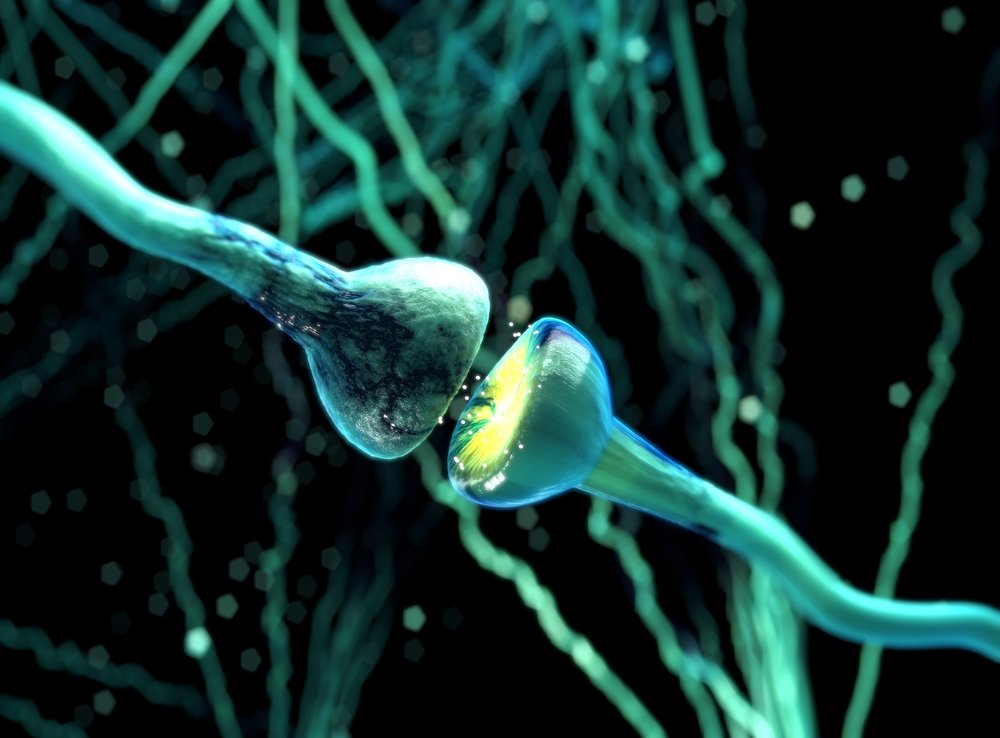Novel Target of Enzyme Underlying Angelman Syndrome Uncovered

A potential target of the UBE3A enzyme, the protein underlying Angelman syndrome, has been identified in a recent study.
The protein, called DNA damage-inducible protein 1 homologue 1 (DDI1) is expressed in the developing brain of mouse models and is a target of the UBE3A enzyme in human cells, suggesting a potential — but as yet unknown — role for DDI1 in Angelman syndrome.
The study “Quantitative proteomics reveals neuronal ubiquitination of Rngo/Ddi1 and several proteasomal subunits by Ube3a, accounting for the complexity of Angelman syndrome” was published in the journal Human Molecular Genetics.
Angelman syndrome is caused by the lack of a single functional gene, called UBE3A. The gene codes for a protein — the UBE3A enzyme — that is thought to add little tags (called ubiquitin chains) to proteins, triggering their degradation inside a protein-destruction factory called the proteasome.
But the evidence linking UBE3A enzyme with protein degradation is still scarce.
Spanish researchers increased the levels of the UBE3A enzyme in photoreceptor nerve cells (specialized cells responsible for converting light energy into a form of energy communicable to the nervous system) in the Drosophila fruit fly model.
Using an analysis that allows researchers to identify all proteins inside cells, the team found that the UBE3A enzyme regulates the function of the proteosome itself, by controlling as many as 79 proteins.
“We found a significantly high number of those proteins to be proteasomal subunits or proteasome-interacting proteins, suggesting a wide proteasomal perturbation in the brain of Angelman patients,” they wrote.
The proteasome has key roles in several processes in the brain, including (but not limited to) regulating the branching of dendrites (the extensions of nerve cells responsible for cell-cell communication) as well as several aspects of nerve cell communication.
Additionally, the proteosome regulates memory consolidation and circadian rhythms, the 24-hour cycle of all physiological processes of living beings.
According to researchers, “an UBE3A-dependent proteasomal regulation could easily explain how a single E3 ligase mutation can cause a disorder as complex as Angelman syndrome.”
One particular protein regulated by the UBE3A enzyme was DDI1, which is expressed throughout the development of the mouse brain.
Using a human cell line of neuroblastoma cells (an in vitro model of neuronal function and differentiation), researchers confirmed that DDI1 was in fact a target of the UBE3A enzyme. However, the protein was not targeted for degradation.
“Having now described for the first time the temporal and spatial expression of Ddi1 in the mouse brain, we next need to perform a functional characterization to uncover the neuronal role of DDI1, as this might as well bring light to our understanding of how Angelman syndrome is regulated,” researchers wrote.






